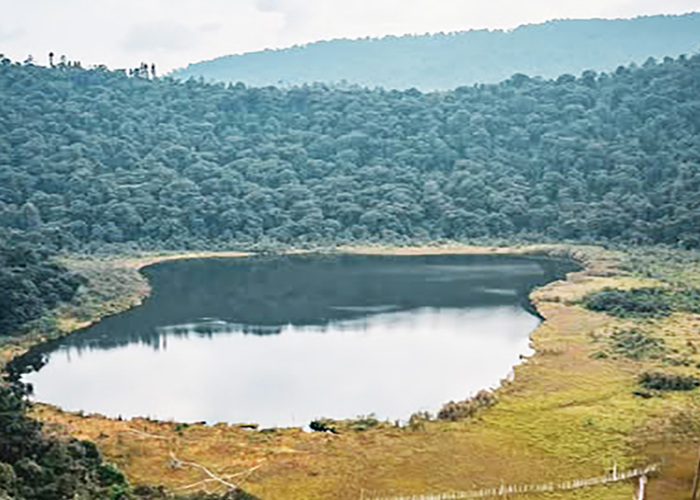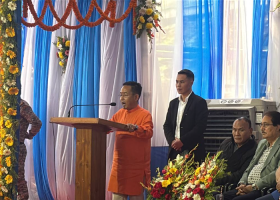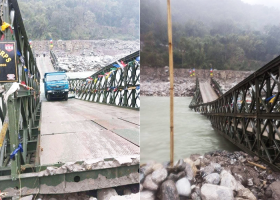The Himal World
Gangtok, 2 February
Khecheopalri Lake, a breathtaking natural marvel in the Himalayan state of Sikkim in India, has officially been designated as a Ramsar Wetland of International importance.
Known for its crystal-clear waters, rich biodiversity, and deep spiritual significance in Gyalshig district, Khechoepalri Lake has long been revered by the people of Sikkim.
The international recognition of Khecheopalri Wetland in West Sikkim marks a historic milestone in the state’s conservation journey. This recognition places it among the world’s most important wetlands, ensuring enhanced protection and sustainable management of its rich biodiversity.
"This prestigious recognition is a momentous step in our ongoing commitment to preserving both the ecological and cultural heritage of this extraordinary site," said Prem Singh Tamang (Golay) the chief minister of Sikkim adding that he was overjoyed with the recognition.
"The Ramsar designation ensures that Khecheopalri Lake will receive global attention and support, reinforcing our efforts to protect it. It paves the way for more sustainable management practices, enhanced conservation initiatives, and an international platform to highlight the crucial role wetlands play in mitigating climate change," said Golay in his Facebook post.
"As we celebrate this achievement, we also acknowledge that our work has only just begun. This milestone is not the end, but rather an opportunity for us all to unite in safeguarding the future of Khachoedpalri Lake," Golay pointed out.
Situated at an altitude of 1,700 meters within the pristine landscapes of the Eastern Himalayas, Khecheopalri Wetland is a crucial ecological hotspot. It is home to diverse flora and fauna, supporting migratory birds, amphibians, and aquatic life. The wetland plays a key role in maintaining the ecological balance of the region, acting as a natural reservoir that helps regulate water flow, recharge groundwater, and mitigate soil erosion.
Beyond its ecological significance, Khecheopalri Wetland is deeply woven into Sikkim’s cultural and spiritual fabric. Revered as a sacred lake by both Buddhists and Hindus, it is often called the “wish-fulfilling lake.” According to local legends, the lake remains pristine as birds prevent even a single leaf from floating on its surface. It is believed to be one of the four sacred plexuses of the human body represented in Sikkim’s sacred geography, alongside Yuksom (the third eye), Tashiding (the head), and Pemayangtse (the heart).
The Ramsar Convention, established in 1971 in Ramsar, Iran, aims to protect wetlands of international importance and promote their sustainable use.









Leave a Comment